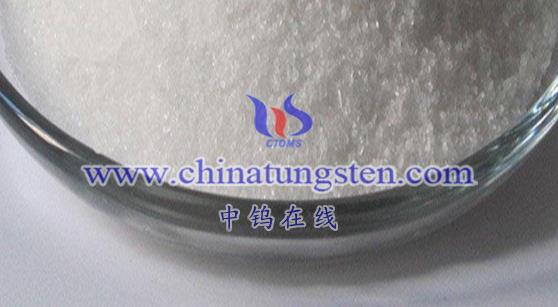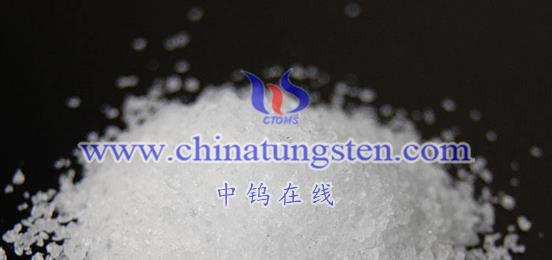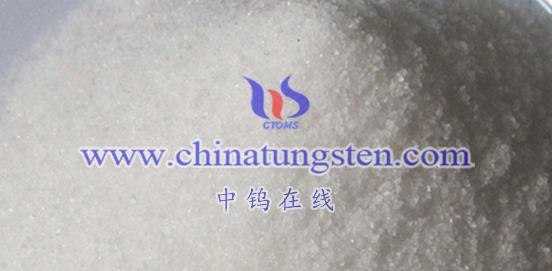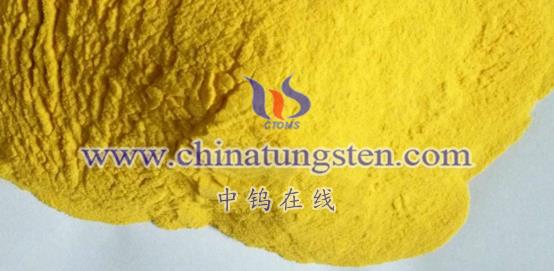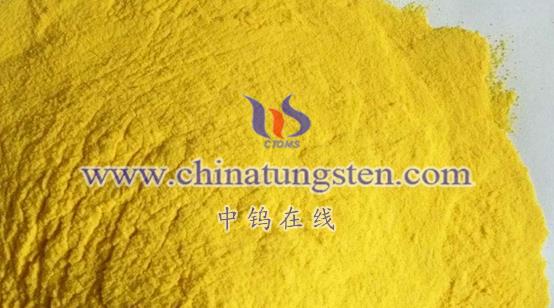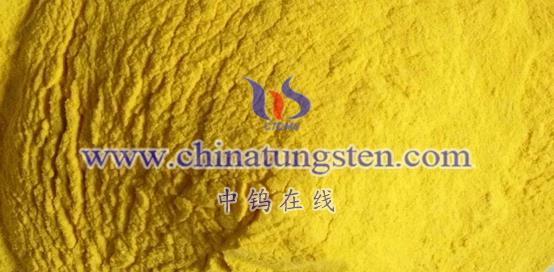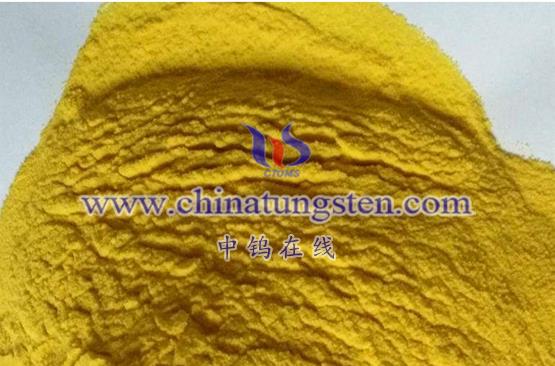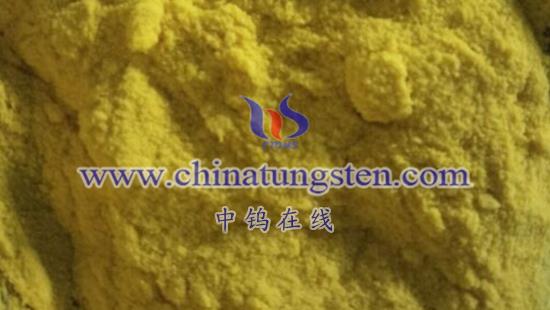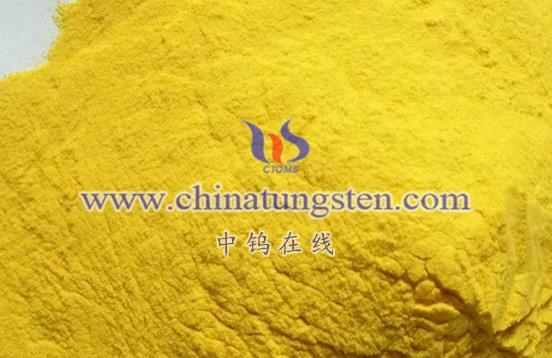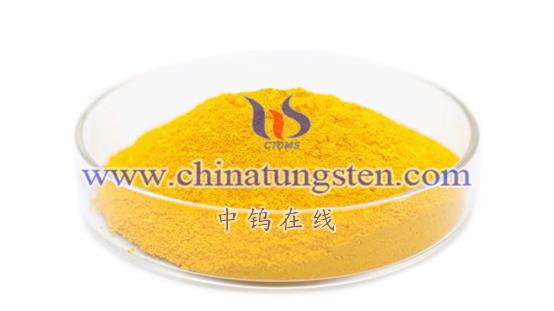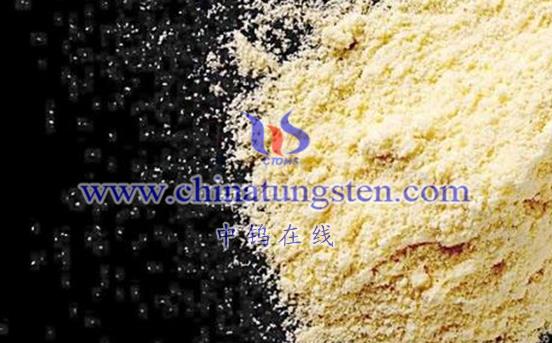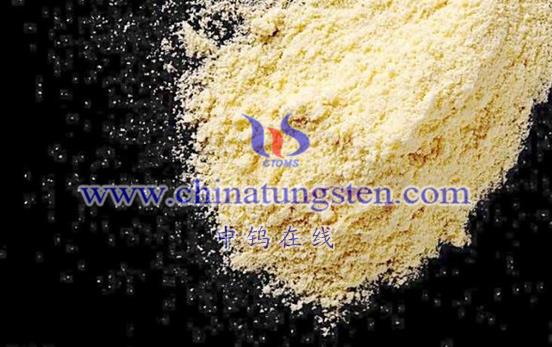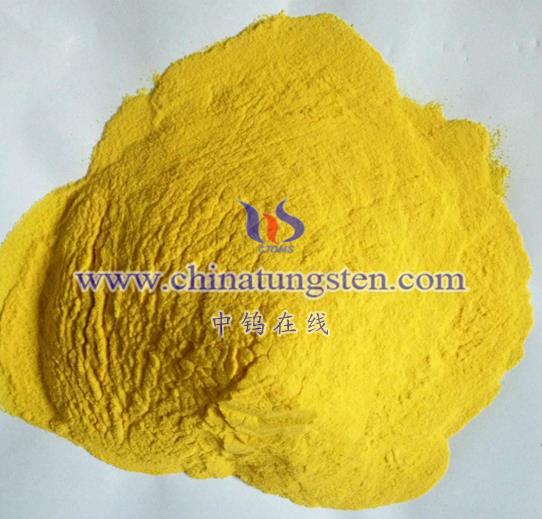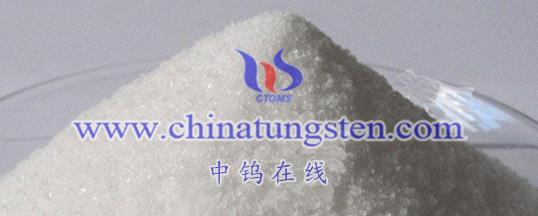
Tungsten oxide nanoparticles, as an important nanomaterial, have diverse and complex crystal structures. The following is the main overview of the crystal structures in which tungsten oxide nanostructures usually exist:
- Basic Crystal Structure
The crystal structure of tungsten oxide nanostructures, especially tungsten trioxide (WO3), consists mainly of WO6 octahedra as the basic building blocks, which are arranged in an orderly manner by means of co-vertexes. This structure is the basic framework of tungsten oxide nanoparticles and determines many of their physical and chemical properties.
- Specific crystal phases
Monoclinic phase nanotungsten oxide
It includes monoclinic phase type I (ε-WO3) and monoclinic phase type II (γ-WO3). Among them, γ-WO3 is the most stable state at room temperature.
Triclinic phase nanotungsten oxide
The triclinic phase (δ-WO3) is another crystal phase state of tungsten oxide nanoparticles.
Orthorhombic phase nano-tungsten oxide
The orthorhombic phase (β-WO3) is stable in a specific temperature range.
Tetragonal Phase Nano Tungsten Oxide
Tetragonal phase (α-WO3) is stable at high temperatures and is a common phase state of tungsten oxide nanoparticles after high temperature treatment.
Cubic Phase Nano Tungsten Oxide
Although the crystal structure of cubic phase tungsten trioxide exists in a highly ordered arrangement, it is not common in nature due to its low thermodynamic stability.
Hexagonal Phase Nano Tungsten Oxide
The hexagonal phase (h-WO3) is another stable phase of WO3 with a unique WO6 octahedral arrangement.
III. Special structure and composition
Non-stoichiometric ratio tungsten oxide
Due to the prevalence of oxygen deficiency phenomenon, the atomic ratio of nanometer tungsten oxide can not be in accordance with the strict stoichiometric ratio, and some of them exist pentavalent and tetravalent, so the molecular formula of tungsten oxide is generally written as WO3-x (x=0 to 1). Such non-stoichiometric ratio tungsten oxides include W20O58, W18O49 and W24O68.
Doped tungsten oxide
Such as cesium-doped tungsten oxide (Cs0.33WO3), this doped structure is mainly used for special applications such as infrared absorbers.
Influencing factors of crystal structure
The crystal structure of tungsten oxide nanoparticles is affected by a variety of factors, including temperature, synthesis method, purity of raw materials and so on. For example, the crystal structure of tungsten oxide nanostructured materials synthesized using hydrothermal method is generally a hexagonal crystal system with positive octahedra, but factors such as reaction temperature, time, and subsequent processing may lead to changes in its crystal structure. Similarly, tungsten oxide nanowires prepared by thermal evaporation method need to be synthesized at a higher temperature and their crystal structures are more stable.
In summary, tungsten oxide nanowires have diverse crystal structures, including monoclinic, triclinic, orthorhombic, tetragonal, cubic, and hexagonal phases. These different crystal phases have given tungsten oxide nanoparticles a wealth of physical and chemical properties, which makes them have a wide range of applications in many fields, such as catalysis, electronics, optics, sensing and so on. Meanwhile, the crystal structure of tungsten oxide nanoparticles is also affected by many factors, which need to be optimized and controlled by precise synthetic and regulatory means.
More details of tungsten oxide product, please visit website: tungsten-oxide.com
Please contact CHINATUNGSTEN for inquiry and order of tungsten oxide:
Email: sales@chinatungsten.com
Tel.: 86 592 5129595
